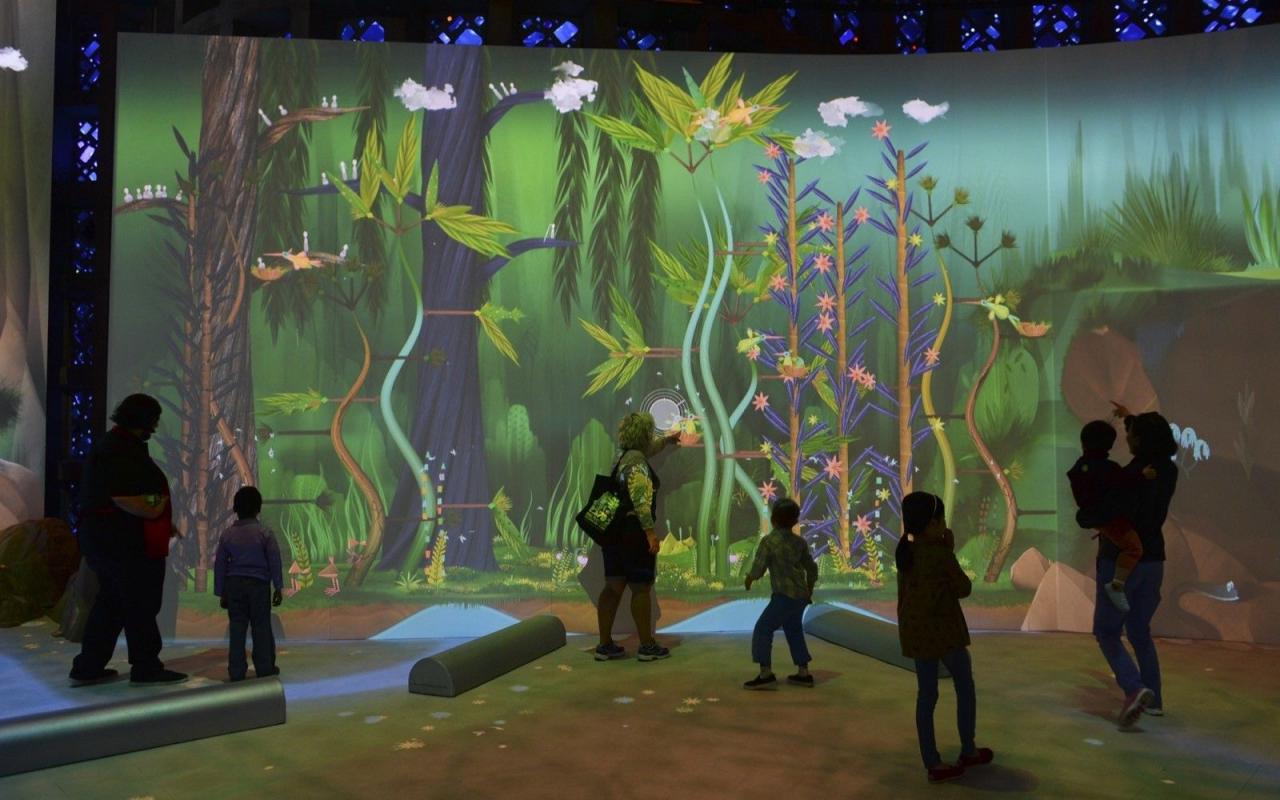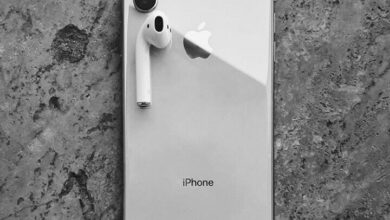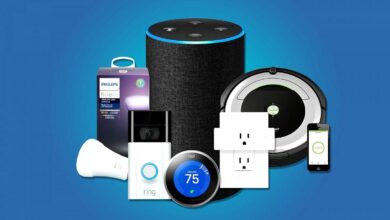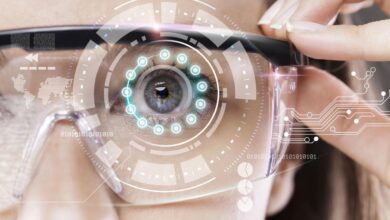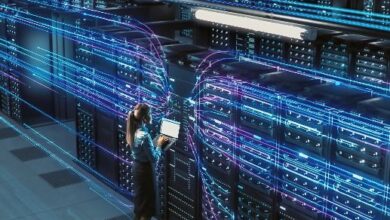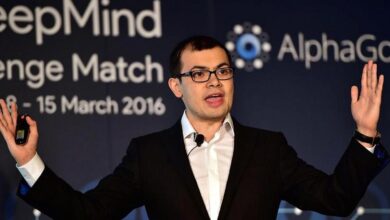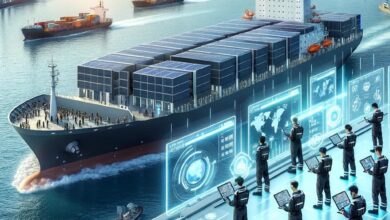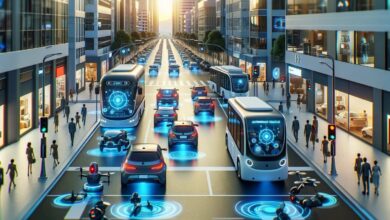Building Smarter, Connected Worlds
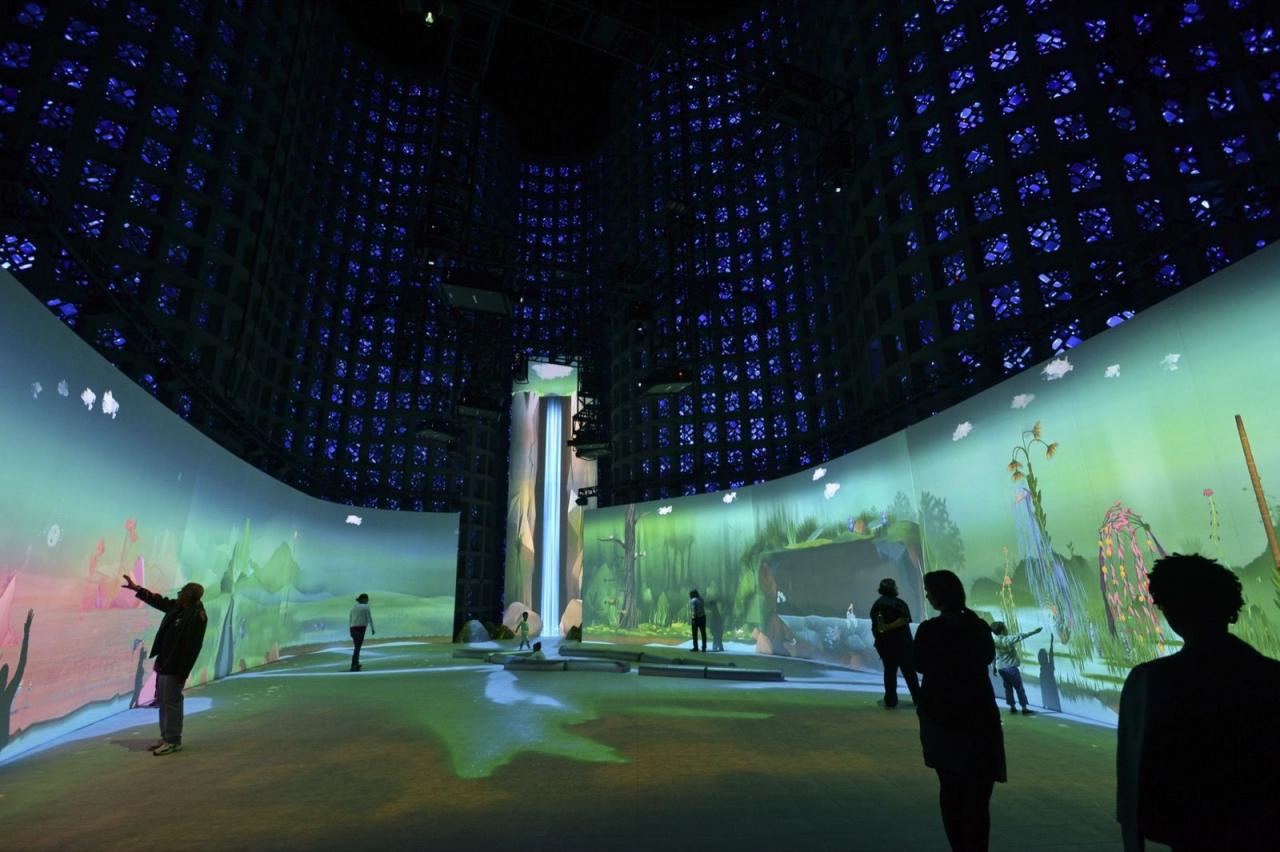
Building Smarter, Connected Worlds
The future is no longer a distant concept; it’s being built brick by digital brick in cities around the globe. We are on the cusp of a profound transformation, where our physical environments—from our homes to our entire urban centers—are becoming intelligent, responsive, and interconnected. This is the era of the smart, connected world, a vision that promises to solve some of humanity’s most pressing challenges, from climate change and resource scarcity to the complexities of urban living. This isn’t just about putting more gadgets in our hands; it’s about creating a living, breathing ecosystem where data, technology, and human needs converge to forge a more efficient, sustainable, and equitable future for all.
This shift is fueled by a new wave of technologies that are blurring the lines between the digital and physical. The Internet of Things (IoT), artificial intelligence (AI), and advanced data analytics are no longer abstract concepts; they are the foundational tools being used by urban planners, architects, and innovators to create a new generation of environments that are not only smarter but also more resilient and human-centered.
The Foundational Pillars of Smart Environments
The development of a smart, connected world is built on several key technological and conceptual pillars that work in tandem to create a more integrated and dynamic living experience.
A. The Internet of Things (IoT) Ecosystem
At the heart of any smart environment is the Internet of Things, a vast network of physical objects embedded with sensors, software, and other technologies to connect and exchange data with other devices and systems.
- Sensor-Driven Data Collection: IoT sensors are the nervous system of a smart city. They are everywhere—in streetlights, on public transit, in homes, and in parks. These sensors collect a constant stream of data on everything from air quality and traffic flow to energy consumption and waste levels. This real-time data provides an unprecedented level of insight into how a city functions.
- Intelligent Automation: The data collected by IoT devices is used to automate systems and optimize resources. Smart streetlights, for example, can dim themselves when no one is around, saving energy. Smart waste bins can signal when they are full, allowing for more efficient waste collection routes.
- Integrated Infrastructure: The power of IoT lies in its ability to connect disparate systems. A smart traffic management system, for instance, can communicate with public transit and shared mobility services to dynamically reroute traffic and reduce congestion.
B. Artificial Intelligence and Machine Learning
While IoT collects the data, AI and machine learning are the brains that make sense of it. AI algorithms analyze the massive datasets generated by IoT to find patterns, make predictions, and drive intelligent decision-making.
- Predictive Analytics: AI can analyze historical and real-time data to predict future trends. Urban planners can use this to anticipate population growth, predict areas prone to traffic congestion, and prepare for future resource needs.
- Generative Design and Optimization: In architecture and urban planning, AI is being used to generate and optimize designs based on a set of parameters, such as energy efficiency, structural integrity, and material usage. This allows for the creation of highly complex and efficient designs that would be impossible to create manually.
- Personalized Experiences: AI is also enabling more personalized experiences within our environments. A smart home can learn a resident’s preferences for lighting, temperature, and even music, and automatically adjust the environment to their needs.
C. The Digital Twin: A Virtual Replica
A digital twin is a virtual, dynamic replica of a physical object or system. In urban planning, this means creating a digital version of an entire city, or even just a single building.
- Simulation and Scenario Planning: A digital twin allows planners and developers to simulate the impact of new projects before they are ever built. They can test a new transit line, a new high-rise building, or a new park to see its effect on traffic, sunlight, and wind patterns. This minimizes risk and optimizes the outcome.
- Real-Time Monitoring: The digital twin is constantly updated with real-time data from IoT sensors, providing a living, breathing model of the city. This allows city managers to monitor performance, identify issues, and respond to emergencies more effectively.
D. Human-Centered Design and Social Equity
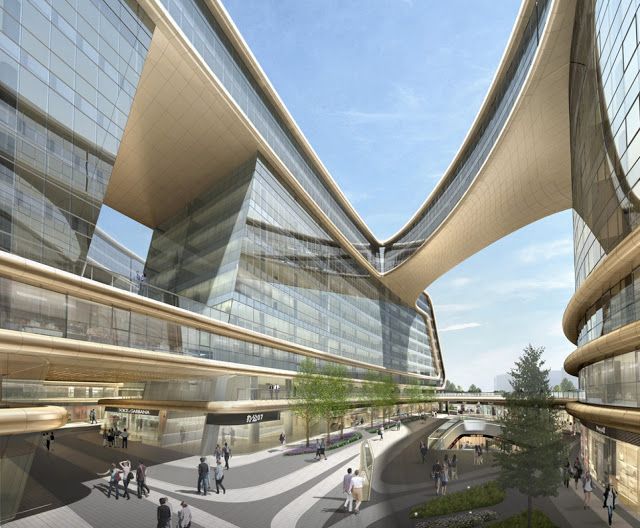
The technology behind smart environments is only as good as its ability to serve human needs. The new urban vision is deeply committed to ensuring that technology improves, rather than complicates, daily life and promotes social equity.
- Universal Accessibility: Smart environments are being designed to be more accessible for people of all abilities. This includes things like smart street crossings that can communicate with a pedestrian’s smartphone or public transit systems with real-time information for visually impaired riders.
- Community Engagement: The development of smart cities is moving away from a top-down approach to one that actively involves residents. Citizen engagement platforms and public data dashboards empower residents to participate in urban planning and voice their needs.
- Security and Privacy: The ethical implications of a connected world are immense. Innovators are working to build robust security protocols and ensure that resident data is protected. Transparency and user control over data are becoming central to the design of smart systems.
The Promise of a Smarter Future
The journey to building smarter, connected worlds is just beginning, but the potential is transformative. This movement promises a future where cities are not just efficient hubs of commerce, but thriving, healthy, and beautiful places to live. By leveraging technology to optimize resources, reduce our environmental impact, and enhance our daily lives, we are crafting a new kind of urban experience—one that is in harmony with both people and the planet. The challenges are real, from political and economic hurdles to the scale of the projects, but the rewards—a truly livable and resilient future for all—are worth the effort.
